

| How I Buy a new Amplifier My Process for Buying Amps. |
So of course, being a primarily electric guitar player, I of course need some form of tone shaping and amplification. In the 30 years I've been playing guitar, amplifier technology has changed massively.
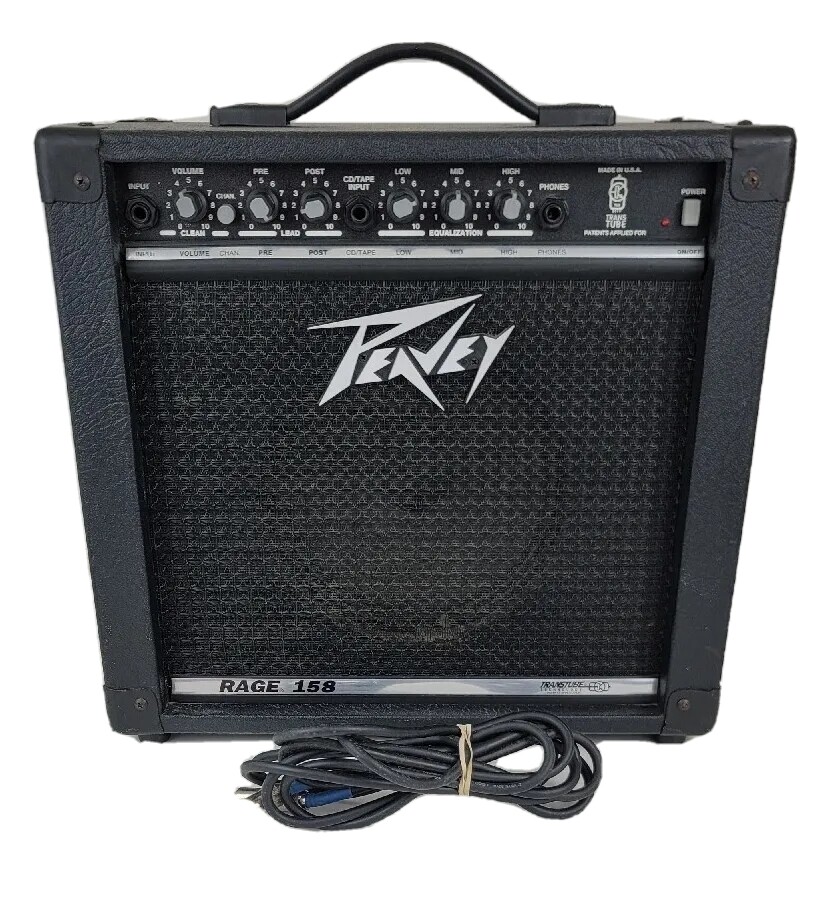
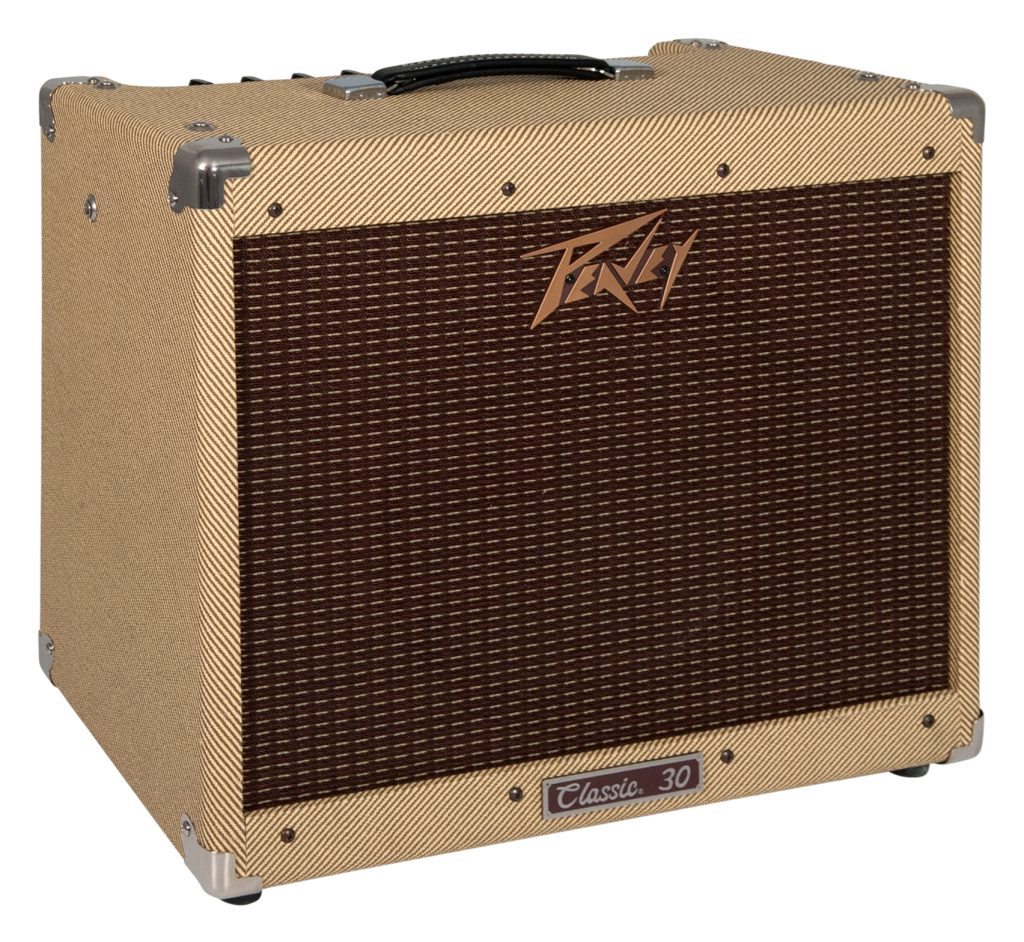
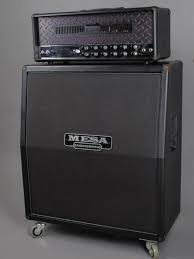
When I first started actually playing in 1995. The world was different when it came to Amplification. At the bottom end, we have the exact amp (left, above) I started on, the 1995 Peavey Transtube Rage 158. A 15 Watt, 8" speaker, solid state combo touting that it had the same dynamic apabilities as a tube amp due to Peavey's "TransTube" Technology. It had 2 channels - clean and distortion, and a 3 knob "EQ" (low, mid and high), and had one input, an input for your CD/TApe Player, and a headphone jack - and that was it. This was what we called a GOOD practice amplifier back then. The chassis was made of pressboard and stamped steel, it was covered in some pretty cool tolex, and it actually sounded really friggin good for something that cost only $80. In the middle, we have the "EveryMans" type of amplifier for 1995...the Peavey Classic 30. A 30 watt, 1x12 Combo, or it's bigger brother, the Peavey Classic 50, which was a 50 Watt 2x12 combo. These were goot at home gigging amps as well as great for practice. They were Tube (obviously), they were pretty loud, sounded awesome, and didn't cost too terribly much compared to next. These amps were around $500-800 in 1995 money. The Delta Blues variant was also popular, which my high school guitar teacher had in our class (Mr. Orr). Again, 2 channels, 3 band EQ but with Presense, Spring Reverb, and they weighed as much as a Fridge but the tone hit as hard as one falling off a semi truck doing 80. If I'm going to be honest, the Classic 30 is the first Amplifier I ever plugged an Electric Guitar Into. And then, at the top-of-the-line-rockstar-level amp, on the right, we have the Mesa Boogie Dual Rectifier, a 150 watt dual channel powerhouse made in Mesa Arizona and costing over $2000 and made for road use. Metallica were best known for using those at the time if I'm not mistaken. These became the "Dream amp" of every 1990's kid growing up at the time into big rock or hard rock who wanted lots of gain. And that's how it worked back then. The fads of the day in the 1990's were Tube Amps, True Bypass, HIgh Gain, Fuzz, Wah Wah, offset Fender guitars, classic Gibsons like the SG and Les Paul, some Gretsch here and there, and of course, the obligatory Teles and Strats. Everyone was all about Tube-Tone and True Bypass, and "purity" while at the same time wanting enough gain to grind your coffee espresso size. Now let's move forward about 10-13 years - to 2008-ish....When I bought my first tube amp... 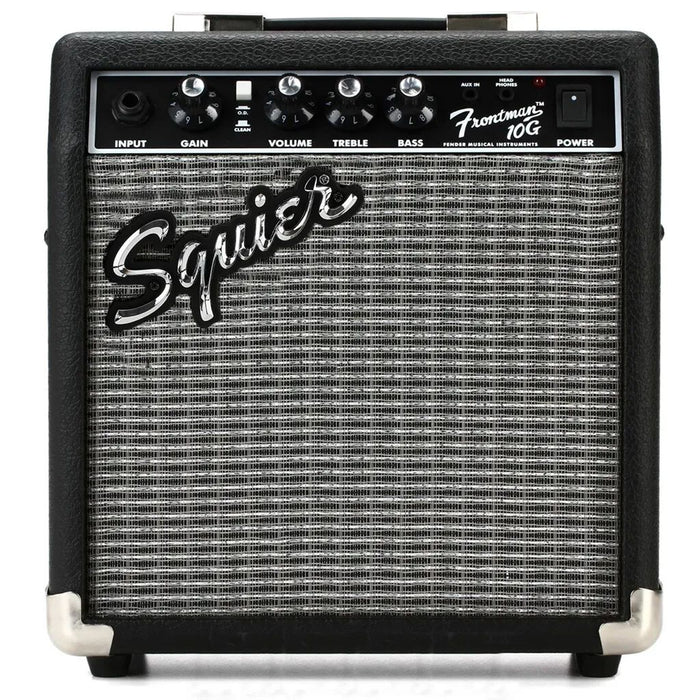
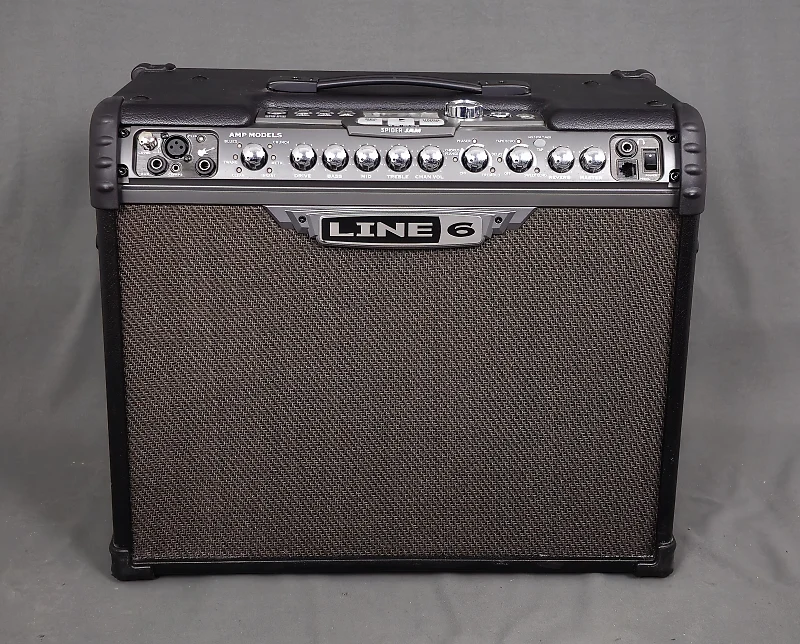
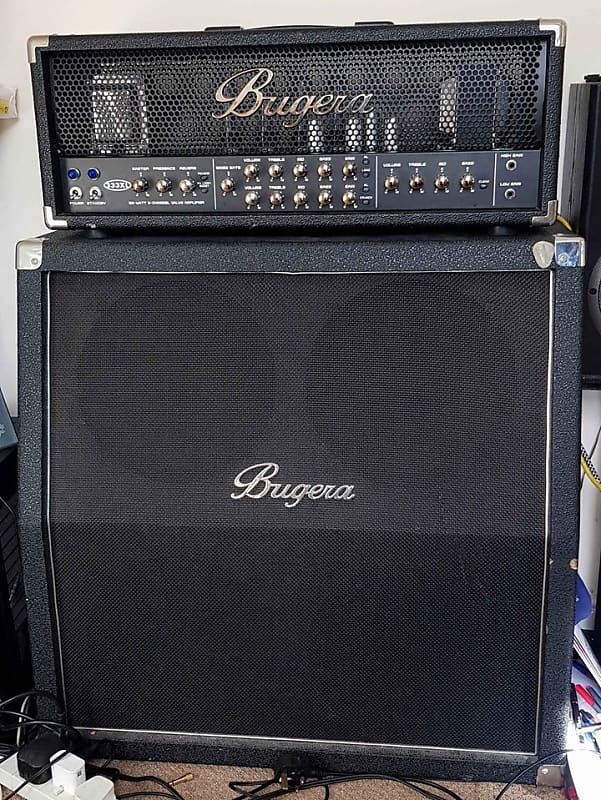
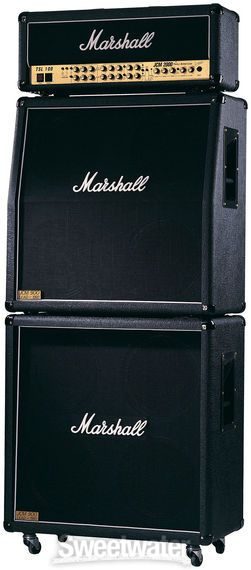
By the mid 2000's, the entry level tier hadn't changed THAT much. Like the Squier Frontman 10G above, a 10 watt 5" speaker transistor combo, is indeed simliar to what existed in the 90's and 80's. What HD Changed is when we look next over. That Squier Frontman? You got that in a $200 "Strat Pack" from Squier (Fender), and then were expected to graduate to the next best thing not long after - it was like a "Appetizer Amp" to tide you over - not much unlike the battery powered thing in the 80's/90's you got with the $99.99 Harmony H804 from a Sears Catalog. The Line6 Spider was the most common "Lucky You" entry level amplifier, and it showed in how many started turning up in Pawn Shops and Thrift Shops. When the 90's ended, Modeling was strictly a Johnson Millennium/Line6 thing, but by 2005, there was some form of modeling on every level whether you were using my old cheap standby the Digitech RP series to learn or record on your home studio, or you had a full blown Line6 POD setup, not unlike what some famous acts were already trying out. Around the same time, we saw a boom in CHEAP high gain tube amps. The Bugeras, B-52s, Egnators, and what have you. Even Fender had their own version called the "HM2" or something like that. Thanks to improvements in Chinese production, and changes in trade with China - we had a MASSIVE guitar boom, and this included amps as well (not to ignore it was also helped along by video games like Guitar Hero and Rock Band). THIS was where my 1st (and only) Tube Amplifier came into the picture - the Bugera 333XL, a budget version of Peavey's JSX (the Joe Satriani version of the XXX). However, all of these amps were a bit of a stretch for the time, and all of them started off with some rocky starts. My Bugera burned up it's power clip in 2 months after I paid $1000 for the whole setup. I heard the B-52's had simliar issues, and I was in a band with a older guy with an Egnator that went out on stage TWICE in our time in a band. The top of the line at the time? Probably something like that Marshall JCM 2000 Triple SuperLead Stack on the far right. I looked at one of these upon moving to Seattle, it was about $3000 for the whole stack, and way out of my price range. I did not like any of the other Marshalls at the time, and the Bugera fit the bill nicely. But this - this was the yardstick. Hell, Elliot Easton was using these at the time with The New Cars. And I liked how they got my sort of sound as well. Of course, metalheads were still lusting after the triple Rectifier, Engl Powerball, and other botiquey "Metal Amps". The Suckitude of it though, was the duality I had to live because making demos at home meant using a modeler with headphones more capable than a Tube-based guitar rig with a pedalboard the size of Texas. Which is EXACTLY what I used in Smokin' 66' - a Bugera 333XL, one or two 4x12, and up to EIGHT or sometimes more pedals in my signal chain slamming the front end of that Bugera night after night. It was a technical nightmare at times because troubleshooting meant not just the amp, but the pedals acting up could mean some serious seeking. 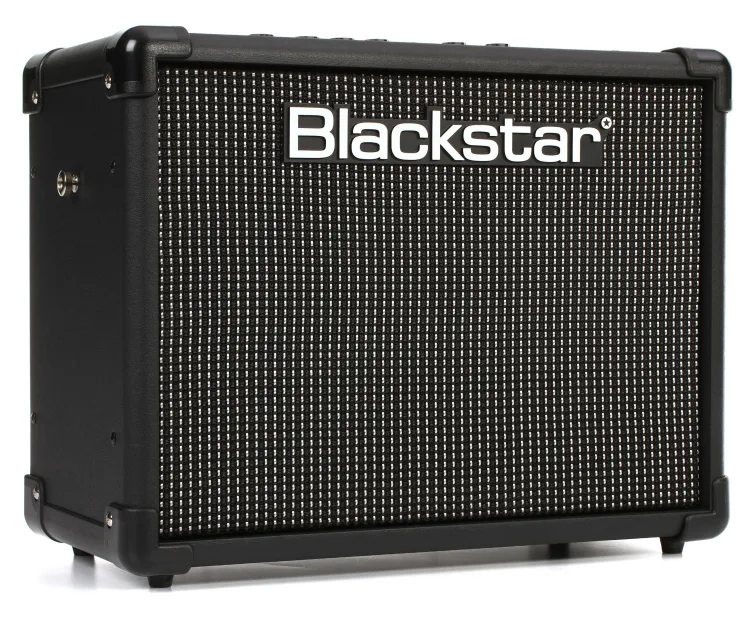
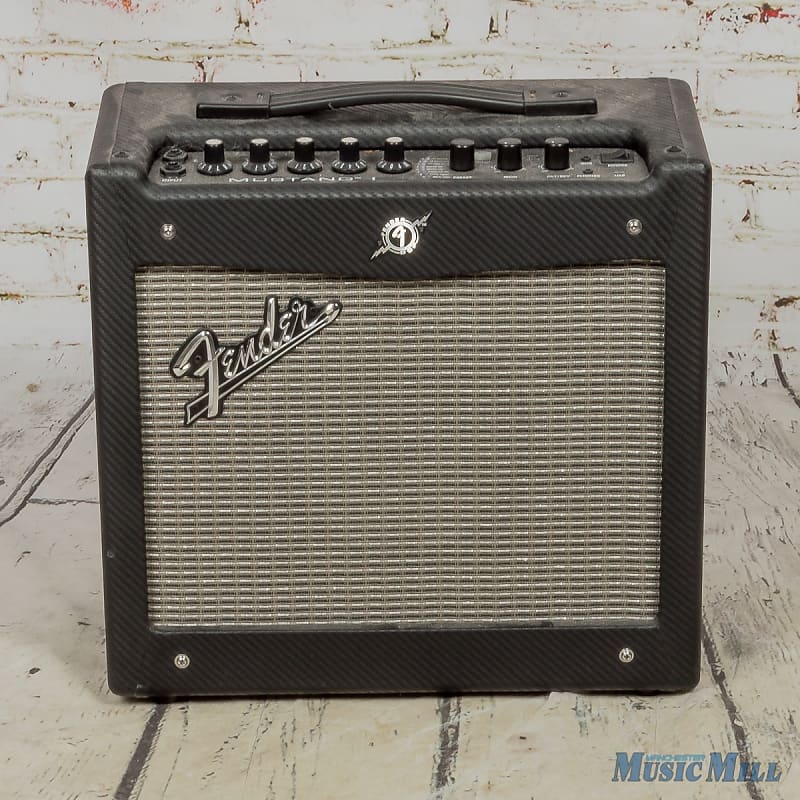
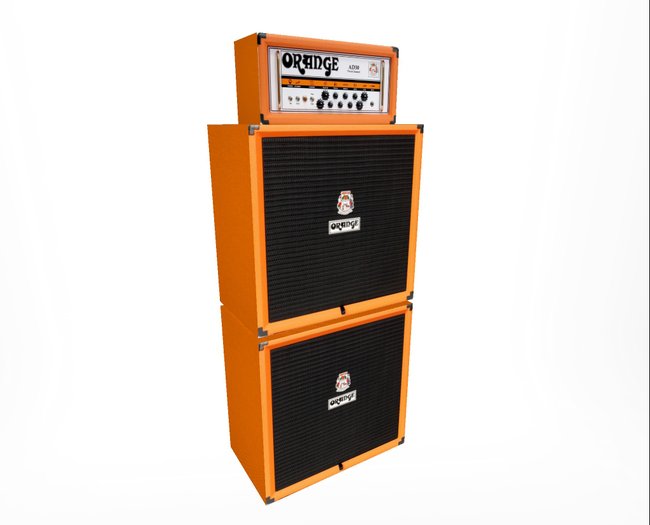
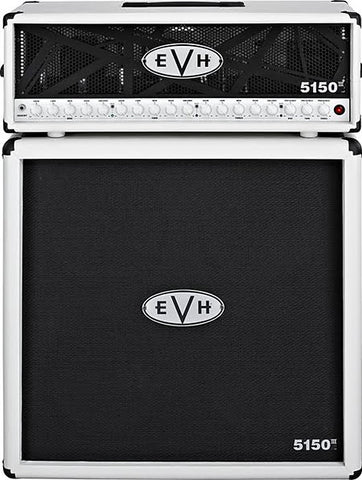
2015 - We can already see the tides changing now. Most entry level amps in the lower-end from reputable manufacturers would be things like the humble Blackstar IDCORE 10 (left), which was a 5 watt, stereo, modeling amplifier with some serious tone and some serious power for something that runs off a 7.5vDC wall wart. Next to that was Fender's entry to compete with Blackstar, Line6, and Digitech - the Mustang amplifiers - taking their name from the Mustang guitar. It seems Fender's approach was one of the most traditional to the rest, simliiar to Blackstar's. Either way, kids who started in the great "guitar is dread" drought of 2015 had it EASY compared to what we saw I had for options in 1995. I started with 2 channels, 15 watts, and a used Kramer, these kids could get a full featured Stratocaster new for $150, and then slam it through an amp that has 12-24 amplifiers in it, and 16-ish stompboxes including reverb, and don't have to spend a dime over the guitar or amp to get most of the most desired sounds when you're young. THe modeling age had finally arrived. Meanwhile, a great fight was occuring on the other side, while youngun's, and people like me with open minds, were open to a future of low-maintenance, space saving, modeling amps, a whole other tribe was keeping people like me from them - TRADITIONALISTS, what most of Gen Z and younger call "Boomers" (though a lot were Gen X). These folks felt that having a "computer" for an amplifier was somewhat of a cardinal sin. Decades of battling crooked soundmen had us thinking maybe there was still some virtue in getting tone from big glass bottles that cost a ton of money, and only really serve a purpose in the guitar world while the rest of the world has moved on. Some of these guys said things like "but it's the rock 'n roll mythos maaaaaan, don'tcha think if Modeling were great, Eddie Van-Halen would have used solid state?" or "Maaaan, nobody can figure out how those digital FX thingies work, too much computer, no real tone". Meanwhile, I'm getting compliments that I'm makign demos that sound like fully produced records at home - using a friggin DIGITECH RP-250 Amp Modeler. Talk about inconsistancy, lol. 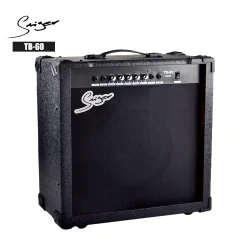
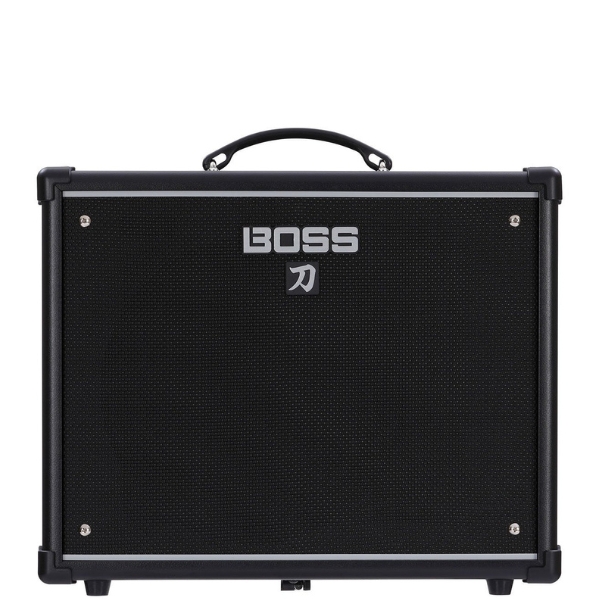
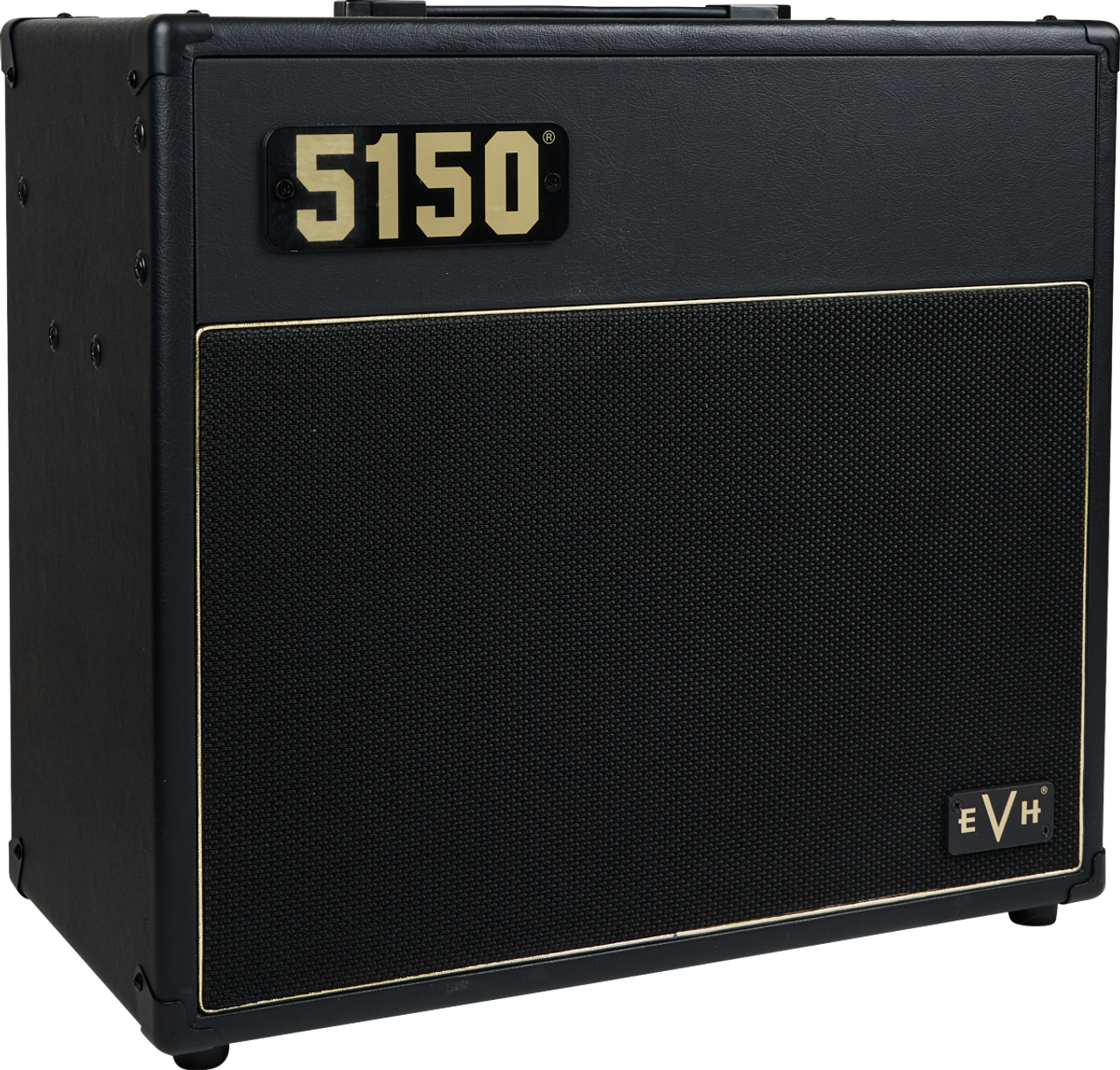
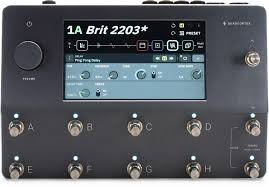
Today - At the lowest of low end, you have your Temu/AliExperess/E-bay Chinese amplifiers. These things cost less than a top of the line BOSS Katana modeling amplifier, but are not too much unlike the Bugeras and Peaveys of the days of old. 2 Channels, tube or transistor (or transistor pretending to be tube) dressed up in your choice of Tolex to try and fool the useful idiots around you into thinking Orange Tolex = Official Orange Product. They sound great, they play great, and might be a decent thing for someone who uses them lightly on a budget, but having been burned by cheap amps like this before, I've been avoiding them, though I did give them a look. That moves us to probably what are the most popular entry and mid-tier amps today, Modeling Amplifiers in lower wattages, like the EVH 5150 if we're talking traditoinal-ish modern high tain tubes, and even some low-power traditional combos like the Fender Princeton. WHile guitar is (somewhat) back, it seems we have been ditching tradition a lot recently, and that's something I'm glad to see. No more needing an SUV for a full sized backline to play a gig at the local dive bar, no more spending $1000+ on a rig like I was using in the 2000's and 2010s to get all the sounds I was getting on stage that I was doing on demos at home. Probably among the most popular is the Boss Katana, I kept running into them all over the internet while shopping (which didn't take long), seems they have a strong fanbase. Apparently Roland/Boss has come a LONG way from that Roland Cube amp I had in the mid 2000's. On the higher end, some purists still prefer the sound and volume of a natural, All Tube head, but it seems a mixture of our screwed up economy, paired with the increased costs of buying Tubes (they're made in Russia and China....and republicans HATE global economy, so of course the tariffs and all that other shit that's come and maybe gone has driven prices of Tubes up a bit), have made it really only a choice for the wealthy, or the shadetree guitarist who either never leaves his house, or plays gentle gigs. Not crazy morons like me cranking the ever loving shit out of a 120 watt halfstack in a club the size of a postage stamp, bathing in distortion and volume. And I'm not the only one with misgivings about tubes. At least one of my favorite guitarists I know is using a Neural Quad Cortex, and others are using Kempers, and other modern, high end Modelers with a plethora of settings and options. The guy I mentioned said he likes the consistancy, as Marshalls (what he was using before, which now just act as power amps) can be a bit inconsistant (hehehe, like my Bugera), and a lot of other guys are saying it - Tubes are probably going to die out. Right now, the only thing driving that market is a handful of Boomer and Gen Xer tradionalists who have big pockets, and not a whole lot of practicality. All of the above is what kinda' influenced what I was looking for at the time. When I was a teenager, it was about GAIN and MORE GAIN. But as I matured, I realized in a band, I Wanted verstility, so a three channel, all tube, 120 Watt head with high headroom, and lots of volume, and a smattering of pedals were perfect for the Seattle Scene at the time. That amp got me through about 15 years of HARD gigging. Then that amp started having problems - a lot - again, and I decided in July of 2025, it was time for a change.What you're looking for? What I was looking for So what I was looking to replace was getting my priorities straight. I had a VERY Specific set of applications for that Bugera that I knew would be TRICKY to reproduce on a modern scale. When the Bugera came out, tube heads with lots of watts, lots of gain, and lots of buttons, knobs, and dials, were "in". Today, slicker interfaces promoting deeper editing through "Apps" is a more popular option, especially on Amp Modelers. I knew what I wanted was something that could APPROXIMATE a 3-channel combo, had some form of solo boost, and maybe could relieve me of some of my stompboxes. So I put out a FAcebook post - maybe the only time I've enjoyed talking to people on FB in over...I dunno, 10-15 years, and got two local musicians in my social circle to chime in on what was "in" now, so I had some in-roads to what was being used and what made sense. I knew I wanted something smaller that was easier to lug around, sometime I could play on at home without investing in a power-soak or dummy-load kind of device, and something that would be from a reputable manufacturer, and reliable, but had some chances that any of the on-board effects had some "Exploits" of sorts where I could come up with some crazy stuff. I also wanted something where I could sell off some equipment and simplify my life a bit. Because right now, I have abour 10 analog stompboxes, one digital modeler floorboard, a 5 watt modeling amp (Blackstar), a 120 Watt All Tube Head that's incredibly moody, and right now, all I do is play at home. I jam out in the garage, I jam out at my desk. BUT, even with all my cranking over how horrid humanity has become, I did not want to paint myself into a corner so should I meet some kindred souls who want to jam...on a stage...I'm nto going to be standing there looking like an idiot while making mild buzzing noises in the background at low volume shoudl I need to rise to the occasion. These are the kinds of questions you need to ask yourself. What kind of application, what features are useful to your workflow, just how much crap do you want to be towing around. If I was 25, yeah, I'd probably be getting the Bugera Fixed, but at 40, my back hurts, I'm tired of having all this equipment I rarely use because I have digital versions, and in a way, I would not mind just having ONE Amp that's a constant companion, rather than three-five of em' that all sound different. Luckily with (most) Modelers, I can dial up my sound really easy. WHile digging around, I found that a new tube head would cost me about $700, even the Bugera 333XL INfineum has gone up, and I'm not dealing with potential problems on an $800 amplifier (mine was $500 in 2008). I also did not want all the headaches and snake oil that comes with owning a tube amp. I'm tired of the "you need Mullards for better toanz!" "you need JJS" "get the RubyTubes" "You should bias this" "change that", "rip everyhthing out and tagboard it and puit in full sized Switchcraft/CTS pots). I'm tired of taking it to clubs and having the soundman leave me without a mic because he hates the previous band with an egomaniac behind the six string and a Bugera who "blew the roof off the joint" last time (which just means I have to join them in cranking the shit out of it so people can hear me anyway). Both LAney and Jesse said that modeling was popular. I'm a veteran to amp modeling. I started in 2003 with a Digitech RP-200, and since have had a BOSS ME-33, Behringer V-Amp Pro, Digitech GNX1, Digitech RP-200A, LIne6 AX2 212, used UltimateGuitar's TonePort app, BandLab's virtual amps, Guitarix for Linux, owned a Roland Cube, owned a Blackstar IDCORE 10 even I bought at a huge discount at a pawn shop, and of course the Line6 HD500. I counted out the Line6 Spyder immediatley, because I'd heard a lot of bad things about it on teh internet, and it seemed not up to Pro-grade standards. I had to count out ALL of the high end stuff, I would have tried a Neural or Kemper, but I sure wouldn't buy one.....I've got better, more life-promoting things to spend $2000+ on. This left me with the Blackstar IDCORE series, Fender Mustang GT, Behringer, or the BOSS Katana. I saw a newcomer known as NUX, but I'm giving them some time to mature. I counted out the Fender Mustang GT because it seemed more focused on the amps than the effects, so I'd just be stuck in the same spot again with a bunch of amp and cab impulses I'd never use, and an army of stompboxes in my signal chain. The IDCORE, I like the sound, but the effects matrix in my experience left a lot to be desired, and I really did not want to be cramming a 2x12 50-100 watt combo into my garage on top of an already lonely 4x12 that I really love. Behringer, well, they owned Bugera, and I got 11 years out of my VAMP, but compared to everything else I've used, that V-Amp was great in it's time, but grainy. I even considered making a rack rig with another V-Amp pro...nah. Then I looked at the BOSS Katana series. That seemed to fit. Right off the bat, I knew the Air models, portables, Go, and the combos were out of the question, this left me with 3 generations of Amp Head in both standard and Artist versions: the Katana-Head 100w, Katana-Head mkII 100w, Katana-Head Artist mkII 100w, and the Katana Gen3 Head 100w. Ranging from about $200-600 depending on where I'd buy from, and what I'd find. First off, the amp is 100 Watt. Even if it's like a solid state, not as loud, it would still be beastly enough for a live show as I've been micing up my amp since day one. I could also go direct-to-gboard with it and sound great, which is what I did at Hayley's in 2011 when we had no more than one outlet left on stage, and I had my DIgitech RP-250 going straight into the board (which sounded KILLER) at an open jam night. It would work with my 4x12 cab, it takes one 8ohm or higher impedance speaker - my 16ohm Peavey 412m is up to the job (and my favorite cab). Shortly thereafter, I found out it has a knob with wattages on it 0.5w for practice, 50w for smaller venues and louder playing along with people, and 100w for bigger tasks. Second I wanted the amp to use at home to play out-loud around my wife. Turns out the Katana heads have a 5" speaker in them, good enough for jamming around the house...though I could probably also use that live or recording like ZZ Top lore says Billy Gibbons used an old radio on the Old Grey Whistle Test in 1979 (Gnarly tone on "Cheap Sunglasses"). So there's that check mark. Third, I record on a computer, and it has a recording interface and a headphone jack. I was a little iffy about Linxu support (my OS of choice these days) but seems like they have that covered with FXFloorBoard (even if the install process is a bit, uh, janky). I wanted it thusly to have a proper editor, have built-in effects, and if those effects pass my muster....than I will sell the associated stompboxes to save space and sanity. Test Drive - I don't like to buy amps without playing them first.. Peopel these days like to just order online and hope for the best. I'm not one of these people. I want to see, hear, and try an instrument out before I buy it. Amps are no different. So the first tricky part, was locating a Blackstar Katana. I knew Guitar Center had these, and we have one down the street, though it's a bit empty at times. I also knew the other local music store, Music Fuze, had one once upon a time. I wound up going with GC. So what I was looking for was the head, especially a Mk2 or Gen 3, at an excellent price. I found one at the local Guitar Center for around $265. I knew the first version was not exactly waht I was looking for, the mkII had the goods for sure but felt too good to be true in a way, and the Gen 3 sounded amazing but most people on thbe internet were saying it was just a mkII with bluetooth and that new, subtle "Bloom" function. So after almost two days of trying to ressurect my 2/3rds dead Bugera, I went to Guitar Center. I found teh amp immediatley. One major question of mine, is do I bring my own guitar, or use what's in store. I'd say, if you have something peculiar that your local shop doesn't have, I would bring it. But I didn't feel like hauling Nikki all the way over there to get offers....so I decided to use what was in store. I chose 4 guitars to run through it: a Squier J.Mascius Jazzmaster, a Squier Affinity Telecaster (or modern equivalent of, and terribly setup), some kind of ESP Explorer model over $1000 with EMGs in it, and a Squier Bullet Mustang HH. The Jazzmaster did great, sound was very thick through the 2x12 I was running it through, and the EQ response on the 5" speaker was exactly what I wanted for practising. I was able to dial in my sound right away using both the brown and lead channels. Crunch sounded great too. So already a win and I hadn't even selected another guitar yet. The things IW as looking for here, was whether the amp was leaning more towards Twang, or more towards fat crunch. Jazzmasters (and by extension Jaguars) are GREAT for this test because they can lean either way all depening on the amplifier you are using. If the amp is more twangy, you get Beach Blanket Bingo, if the amp is less twangy, you get Beach Blanket Beelzebub - obviously, we're looking to raise some hell. Cleans were nice and surfy with a crash of reverb added. The next test is what I call the "cheap" test - most of my collection are sub-$200 guitars, and I wanted to see what the best the amp could throw out with something poorly setup and Twangy. Apparently, this amp thinks a Jazzmaster is a shred machine - which is what I want in my minds eye, but I wanted to see if it had that TWANG, and it does. The guitar was a brand new Squier Tele, straight out of the box, not at all setup, strings almost 1/4" off the fretboard toward the 21st fret.....all teh saddles were LEVEL. So I put it through it's paces, sounded great and mean there on distortion and a nice Def Leppard-esque "Hysteria" sound on the cleans. What came out of the Tele was more of the same to the Jazzmaster, just on a harder to play guitar with no vibato and a little less bite due to th 250K Pots. Then let's jump from cheap to something with high output pickups. At first I considered trying the Sustainer out with the Schecter Synyster Gates model....but decided since my #1 is an EMG'd guitar, I'd try something more in the Metallica vein, so I snagged a flat-black Snakebite ESP costing around $1100, with I assume the EMG "Het Set" (James Hetfield set) in it, and let me tell ya', that thing didn't dissappoint. CHugga chugga all day long, though I had to get used to the dual volume knob setup a little bit, but once there, that guitar had what I needed to see that an EMG was going to sound sick on this thing - fat, loud, and mean. I tested the neck position humbucker out a good bit because I wanted to see if the amp would stay tight with a fat amount of gain going through it with a heavy low-end/low-mid bias, and not come out sounding like someone mopping their ass through incontinence. I also wanted to make sure leads were nice and clear. Just as I was about to plop my money down, I wanted to try something shortscale, so for a very short run, I ran a Vintage White Squier Bullet Mustang with a TERRIBLE setup through it....it didn't dissappoint either....well, the tuning did, but the rest of it was fine, about the same as the Explorer above. So we're good to go. I also tried the effects, and it seemed to me one of the detractors from the Katana was that the top panel isn't that easy to use for setting your effects with the kind of precision that I like to have. Lucky me though, I'm an I.T. guy by trade, so tuning this thing via Computer made that negative more of a "neutral". Now one thing I neglected was the footswitch options.....which is something I'm researching. I'm also putting a Katana section in the Amp Modeler section on the site. |